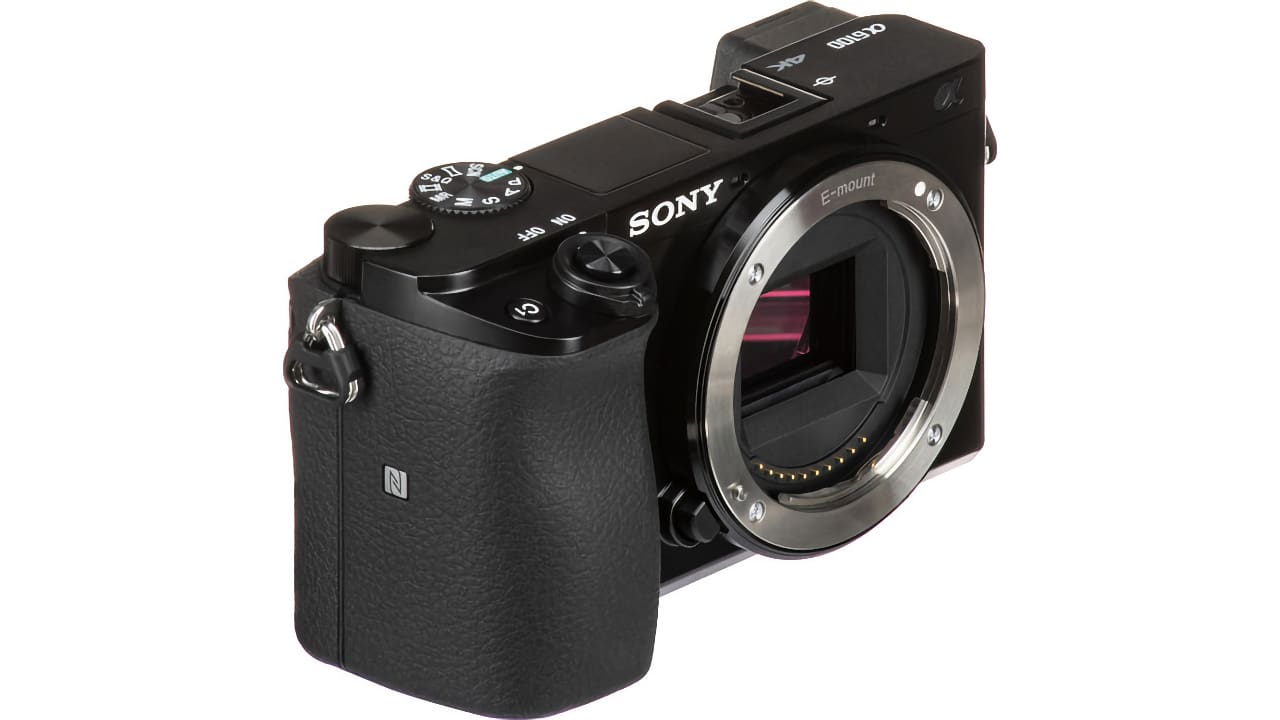
Data from Japan’s Camera & Imaging Products Association (CIPA) indicates that camera sales are bouncing back after last year’s downturn while average prices continue to rise.
Camera sales figures provided by Japan’s CIPA (the Camera & Imaging Products Association) have long been seen as an important bellwether for assessing the overall health of the industry. Most of the big name camera and lens manufacturers contribute to the CIPA stats, and the good news in what has been a tough year for many in macroeconomic terms is that shipments are up.
These aren’t sales figures, sure. But those tend to be collated by individual companies in ways that often lead to at times ill-tempered claims and counter-claims on who is selling what and where. And in modern manufacturing shipments and sales are more closely coupled than ever, so the CIPS figures tend to be a good indication of what is going on worldwide.
The good news is that after a strong start and then a bit of a downturn in April, camera shipments are up again and comfortably outpacing last year. By the end of May this year 3 million digital cameras had been shipped compared to 2.8 million at the same point last year.
As DP Review points out, the ongoing shift from DSLR to mirrorless has continued, with mirrorless cameras making up 83.7% of interchangeable lens camera shipments by volume and 92.9% by value. These figures are up on the same period in 2023 where mirrorless made up 78.4% of shipments by volume and 90.7% by value. Given the general fixation on new mirrorless offerings, that direction of travel is likely to continue.
The picture when it comes to lenses is the same, with sales up 11% for the year so far, again following a strong start in January.
Where things get really interesting though is when you look at the historic figures. The cliff edge that the launch of the iPhone represents is clearly visible. 121 million digital still cameras shipped in 2010. By 2019 that was down to 15 million and then the figures fell off another cliff labelled Covid-19. Last year’s total shipments of 7.721 million DSCs represent the current nadir which, if things hold, could make 2024 a turning point and the first uptick in shipments since 2009/2010.
But, while the Japanese industry only ships 6.4% of the cameras by volume it did in 2010, when you look at shipments by value that figure is much higher at 44%. The reason is that the unit cost is greater: ie cameras are more expensive. And what really takes you aback is how recent much of that increase is. In 2019, the pre-pandemic unit price was ¥38,600 ($239). By 2023 that had risen to ¥92,500 ($572), a 251% increase over four years.
The increase in price in the more costly mirrorless market has not been so bad, 168% over the same period to reach an average unit price now of ¥120,100 ($743). Perhaps this is because sales in that market have actually increased where others have gone down. But either way, while they admittedly can do more with each new generation, if you have ever thought that cameras are getting more expensive every year you’re absolutely right.
Tags: Production Cameras


Comments